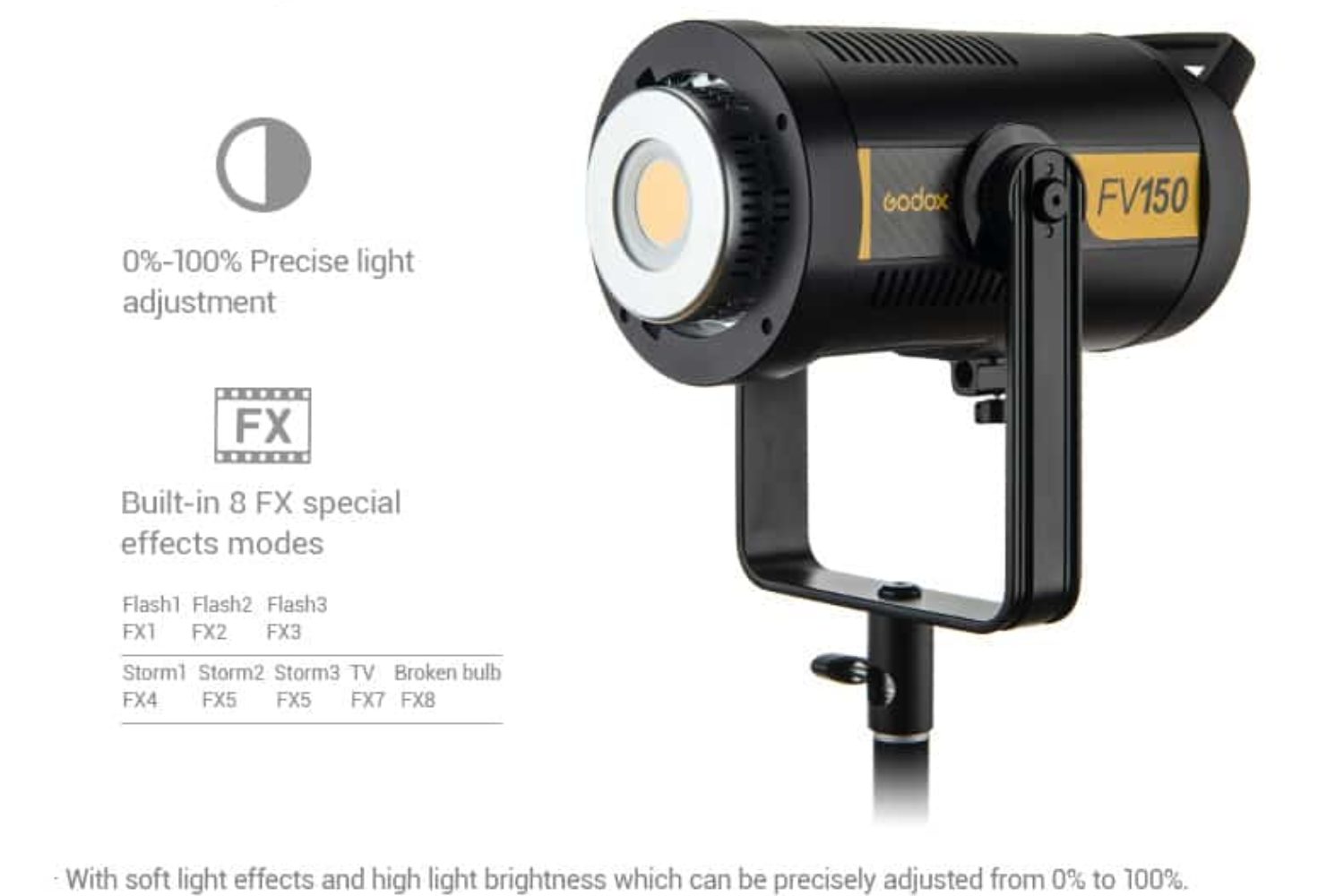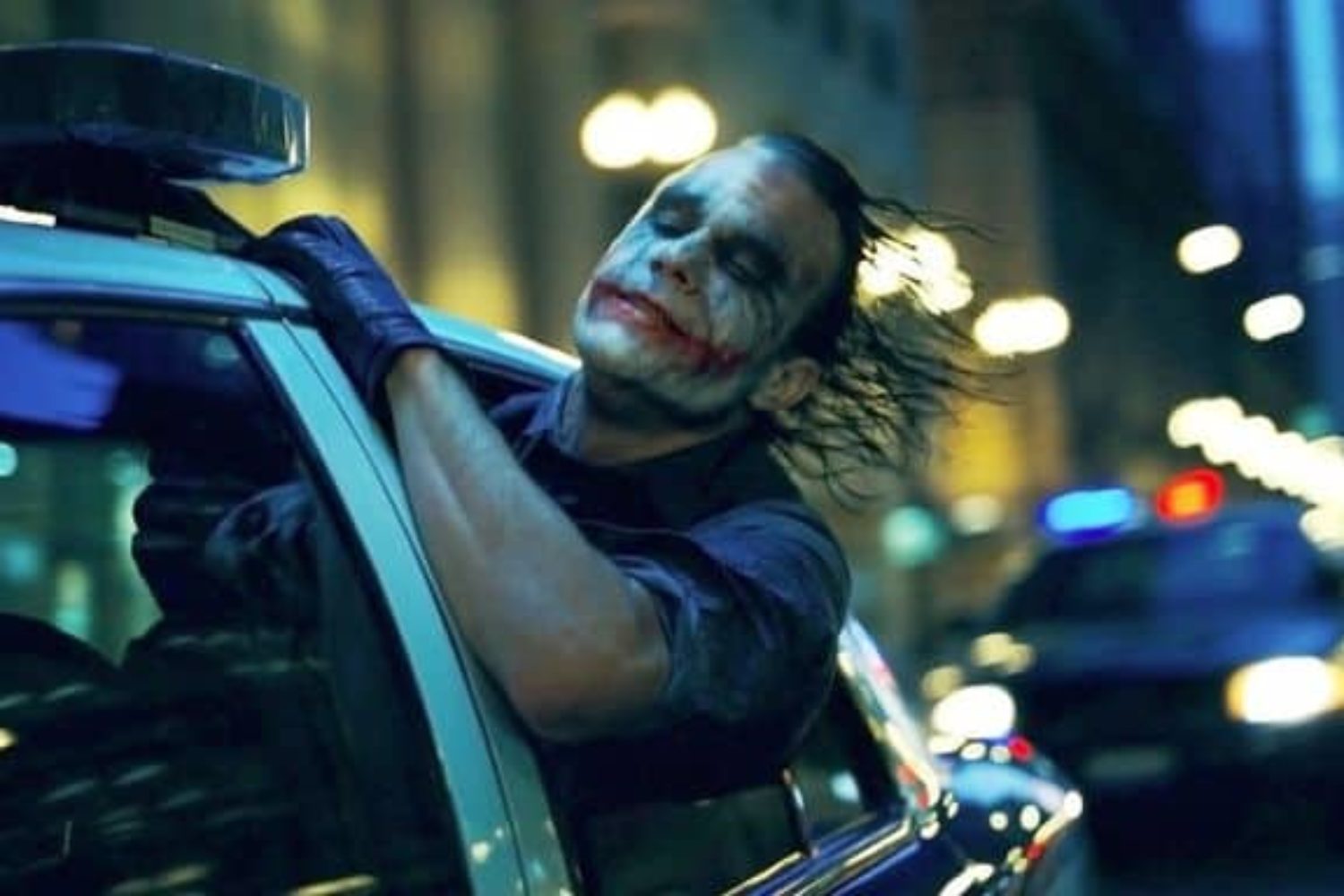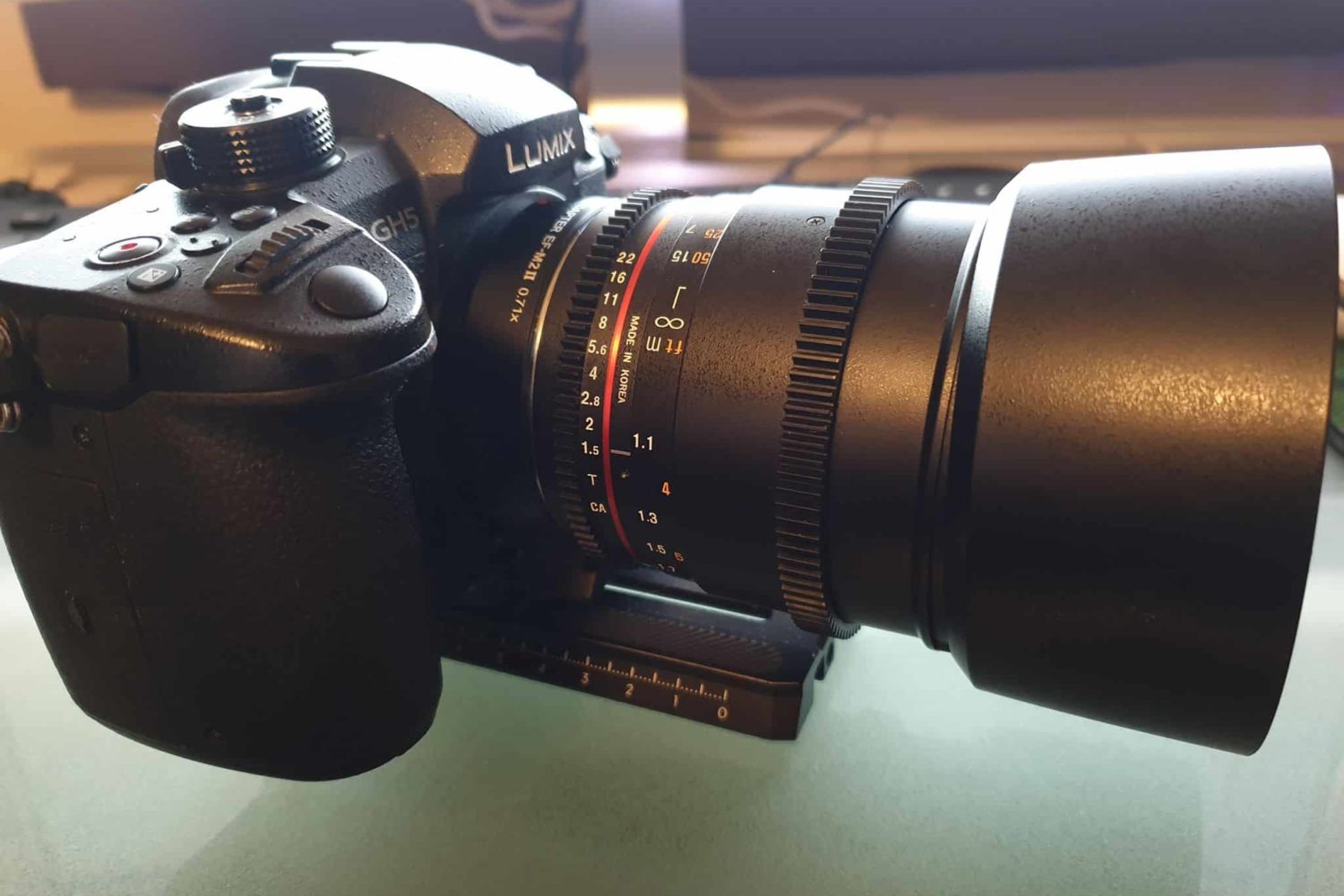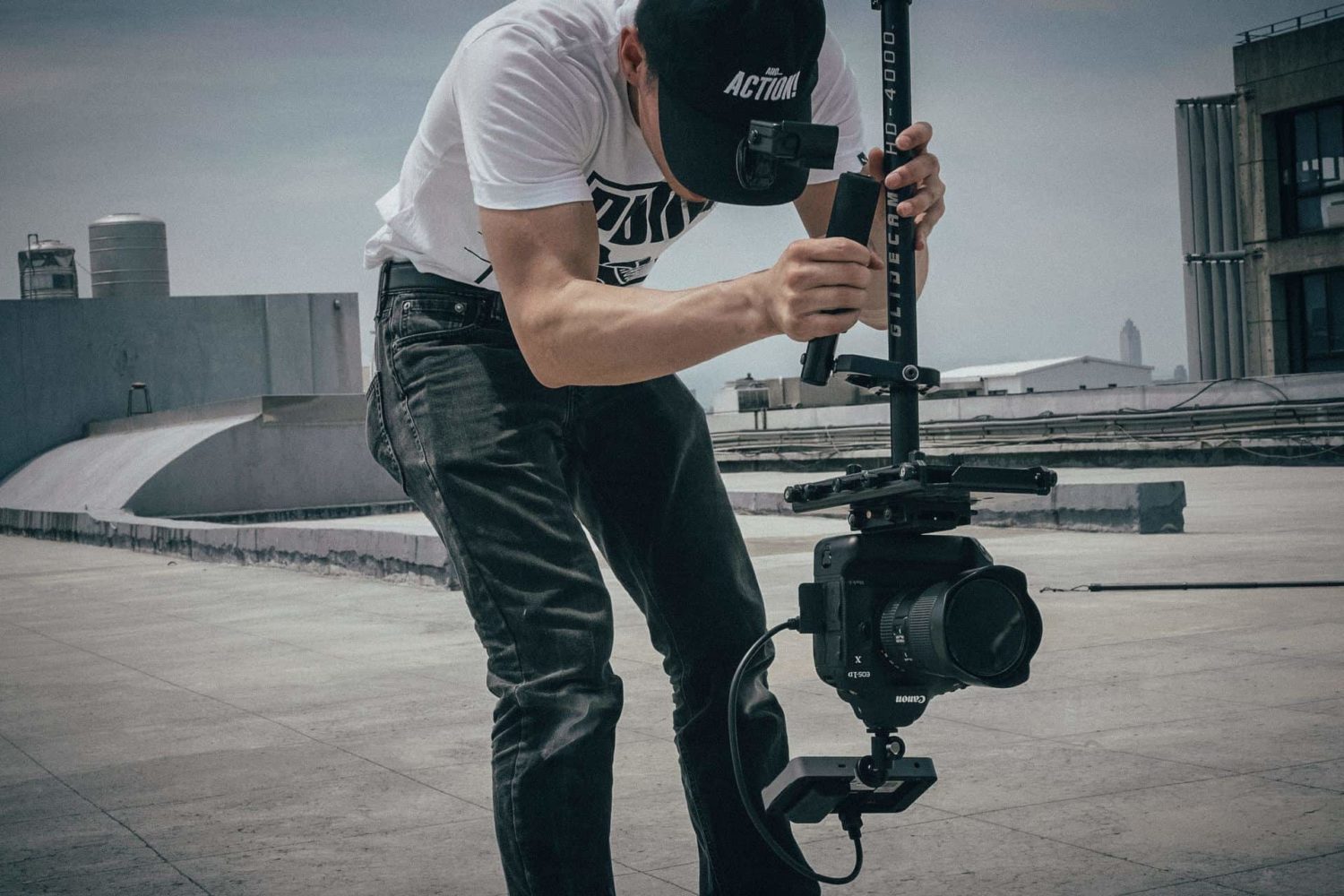Videos are the most popular type of content online to promote your products and show people what you can offer, her are 5 Tips on creating a Marketing Video
Godox FV200 vs Aputure 300d II
If you are looking for a video (or flash) light for your video production or photography, check out my comparison of the Godox FV200 vs Aputure 300d II.
Real Estate Video Project: Villa Bali Aphrodite Hills Cyprus
Real Estate with a Lifestyle twist, a creative video showing the lifestyle of living at the Luxury Villa Bali in Paphos. Read more about this amazing project and see the video of Villa Bali.
5 Tips on creating a good Real Estate Video
A Real Estate video is a very good way to showcase and promote your property, however not everyone in the real estate industry has the budget to hire a Video Production company to produce a high end video. This doesnt mean you cannot record a good video yourself and share it on your website or social media. So here are my top 5 tips that will help you produce a better video to sell your real estate.
The New Godox FV150 FV200 Video Lights
Godox has been rivaling high end brands for some time, with the release of the FV Series and the R1 series and their competitive prices we are bound so see a fierce war of the lights in 2020. Check out what we know so far.
How to achieve the Cinematic look on your DSLR: Part 1 Introduction
Introduction
Hi, my name is Roman and this is my tutorial series on achieving the cinematic look. We start with How to achieve the Cinematic look on your DSLR: Part 1 Introduction. Recently I decided to take the leap into professional videography. As a videography enthusiast, I have done a ton of reading, testing and trying techniques and methods to enrich my skills and knowledge. Like most of us, I am the kind of person that learns best with clear instructions, field tests and trial and error and while I found a LOT of tutorials on YouTube and the Internet none of them took you step by step through the correct workflows and techniques to create beautiful videos. While I am still learning every day, I want to share my knowledge with you and if I can help even one person out there it will have been worth it.
This tutorial will have a new release every week starting from the basic terminology to the editing and encoding process. I am to make this a beginner to intermediate course that anyone can follow easily without any previous knowledge of Videography or Cinematography. If there are any specific subject you want to cover in this tutorial or have any queries or suggestions please feel free to contact me via my Contact Form here. I will reply to all and any related questions.
So get your gear ready and enjoy the tutorial.
What is the Cinematic Look?
The Cinematic Look or Film Look is a term often used to describe a high-quality production or a video that has features of a Big Screen production. The Cinematic Look is not determined by a single factor or a setting on a camera, it is much more complex as it involves your camera settings, the aspect ratio, the colour grade, the direction and shot types but also the smoothness or stability of the footage as well as your compositions. In this weekly tutorial, we will go through all aspects of the Cinematic or Film Look step by step and will go through some examples and exercises to help you improve your skills and achieve the high-quality Cine Look.
For part one of our Tutorial you will need:
- A DSLR Camera
- A Lens
- Recording Media
- A Tripod
- An ND FIlter (if you are recording outside or in bright areas)
ND FIlters are basically sunglasses for your DSLR Camera, the reason you will need this is that unlike photography your shutter speed in videography is set to a specific number to achieve the realistic motion blur you see on film. We will get in to more details about this as we progress in the tutorials.
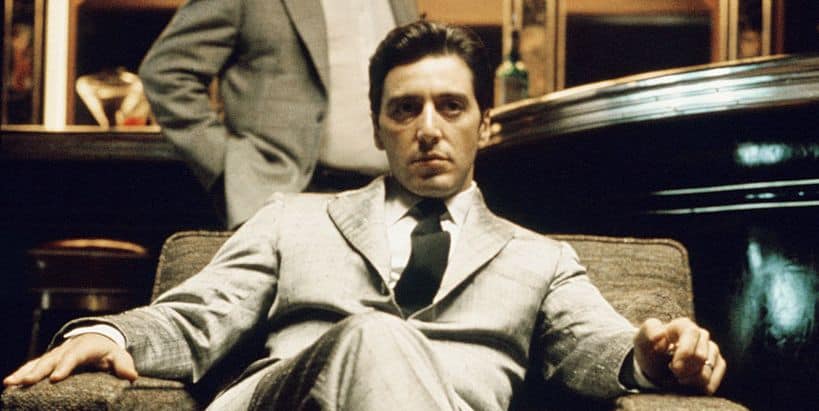
The Digital Camera Revolution started in the early 80s when Sony released its first MAVICA digital camera and until 1987 all movies we watched where shot on analogue cameras. This trained us to conceive the “film look” as the benchmark for cinematic footage. Digital Cameras were not fully used in Holywood until the late 90s and even today some directors choose to shoot their films on just that Film. So what we perceive as a “Cinematic” look is really what Cinema and Film has trained us to see. Another example of this is FPS or Frames per second. Our eye can see up to 1000 Frames Pers Second, still, we conceive 24 FPS as cinematic. If we look at 60 FPS Footage it seems more realistic but less Cinematic.
So what is the Cinematic Look? The Cinematic Look is a combination of Colour, Motion Blurr, Sharpness (or the lack of it), stability and film grain. So in this series of tutorials, we will address all the aspects of the FIlm Look and try to replicate it with today’s modern cameras. That being said it is important to note that a Camera is a tool for your creative expression. Above everything, the most important part of your film is the story. People can forgive bad quality if the story is gripping and emotional but a high-quality bad story is still a bad story.
Take everything you learn and try to use it to express yourself and connect with the audience.
Samyang 85mm T1.5 Cine Review
Every good videographer needs a set of lenses that allow her/him to express their creativity. I had my eyes set on an 85mm lense for some time now, 85mm is perfect for filming people close up as it does not distort facial features and gives you a nice natural look. The 85mm lense also allows you to seperate your subjects from the background with some nice bokeh giving you a cinematic effect.
Hair by Lucas A Social Media Commercial
A few weeks ago I was approached by my Hair Dresser Lucas, after working in Hair Salons in the UK, Poland and Cyprus he decided to start his own business. A small but beautiful Hair Salon on the outskirts of Paphos.
BROOKLYN WILL MAKE YOU MORE PROUD OF YOUR BUSINESS
Even the all-powerful Pointing has no control about the blind texts it is an almost unorthographic life One day however a small line of blind text by the name of Lorem Ipsum decided to leave for the far World of Grammar.
THE EVOLUTION OF A THEME LEGEND
Even the all-powerful Pointing has no control about the blind texts it is an almost unorthographic life One day however a small line of blind text by the name of Lorem Ipsum decided to leave for the far World of Grammar.





